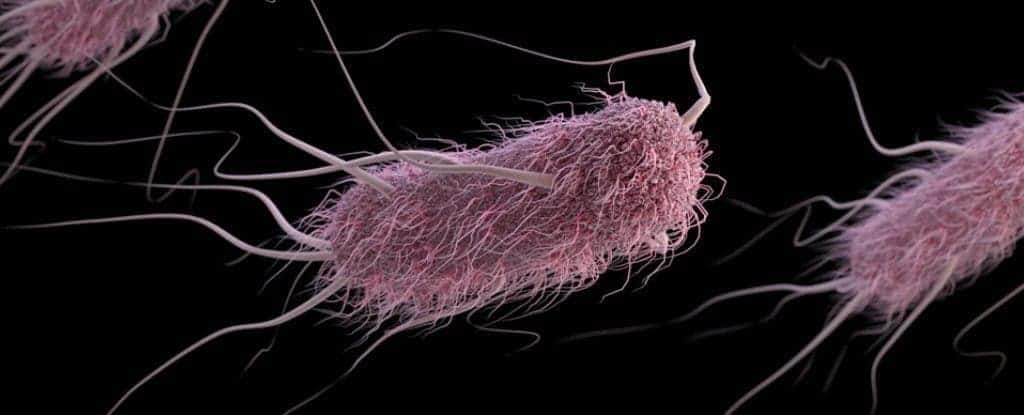Scientists have built cells that are not living but are so life-like that other cells can communicate with them. Not only this, but they’ve also passed a version of the Turing Test.

The Turing Test was developed by Alan Turing as a way to assess a machine’s ability to exhibit intelligent behavior equivalent to, or indistinguishable from, that of a human. This is not truly the case here, it’s a different type of Turing Test, one to assess a non-living system’s ability to behave as a living system. Sheref S. Mansy, one of the study authors, explains:
“The Turing test was formulated over sixty years ago to evaluate whether a machine could behave intelligently. One nice aspect of this test was that it avoided the contentious issue of defining intelligence. Instead, if a machine can trick a person through textual communication into believing that the machine is another person, and thus not a machine, then the machine must display some level of intelligence to pull off this deception.”
In order to create the cells, the team built tiny, cell-like structures packed with DNA instructions that they could use to make RNA, which in turn produces very specific responses (in this case, proteins) to stimuli. Think of it as a cell-robot, programmed by biological laws.
The proteins were only produced in the presence of a particular bacterial molecule – an acyl homoserine lactone (AHL). The robot cells were placed next to living bacteria from three different species – E. coli, Vibrio fischeri, and Pseudomonas aeruginosa. They started producing response proteins to AHL, which was the first good news — the robots were tuning into the conversation. But in order to have a proper conversation, the artificial cells needed to send out messages of their own, so they were equipped with an AHL-production mechanism of their own. It didn’t take long for the real and the artificial bacteria to engage in a chemical conversation. Mansy adds:
“First, it is absolutely possible to make artificial cells that can chemically communicate with bacteria. Artificial cells can sense the molecules that are naturally secreted from bacteria and in response synthesize and release chemical signals back to the bacteria. Such artificial cells do a reasonably good job of mimicking natural cellular life and can be engineered to mediate communication paths between organisms that do not naturally speak with each other.”
The scientists did cheat a bit, though. They didn’t enable the cells to produce their own “translation mechanism,” they just harvested it from living bacteria. Moving on from here, they plan on doing just that and making the robot cells completely self-reliant.
“The artificial cells were quite life-like for a short period of time, but this chemical system was completely reliant on translation machinery that was isolated from bacteria. The artificial cells could not produce their own translation machinery. To make more advanced and life-like artificial cells, the artificial cells would need to synthesize their own translation machinery, which is a daunting task. Either we figure out how to do this, or we’ll have to find a way to build artificial cells that are not reliant on the activity of proteins.”
This study isn’t only academic, helping us understand how bacteria evolve and communicate. It has several real-life applications and the potential of this type research should not be understated. It could very well create a new delivery mechanism for drugs, or it could even interfere with dangerous pathogens. Mansy concludes:
“We also found that artificial cells can interfere with the signaling of pathogenic bacteria. If developed further, such artificial cells could be used to disrupt biofilms and thus help to clear infections.”
Journal Reference: Roberta Lentini et al. — Two-Way Chemical Communication between Artificial and Natural Cells. DOI: 10.1021/acscentsci.6b00330


